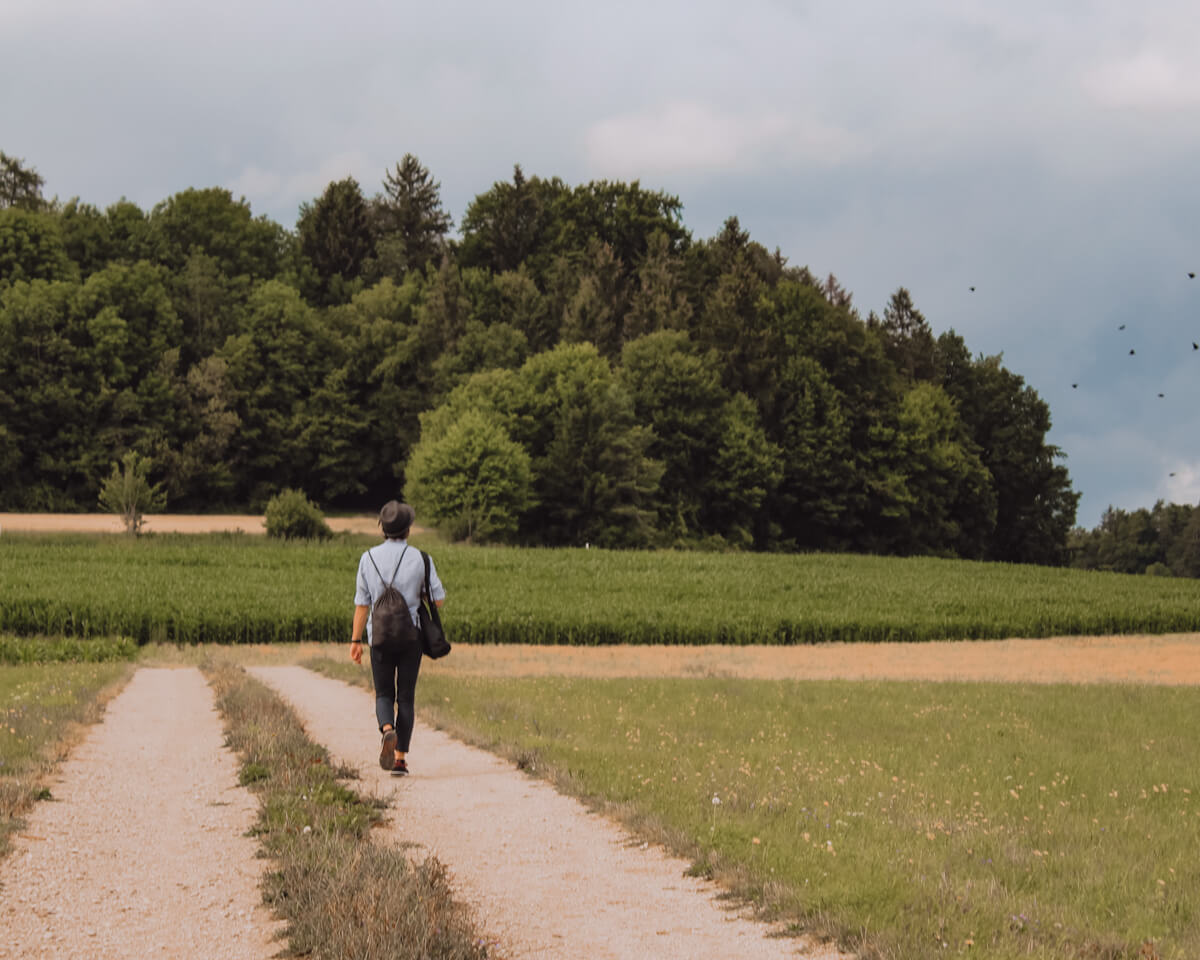Sustainable tourism: learn how sustainable traveling works
Tourism is booming like never before. People flock to the holiday destinations and bask in the sun next to thousands other tourists. Can that be healthy and relaxing? Mass tourism has numerous negative effects on the environment, climate, and much more. The counterpart: Sustainable tourism, also known as responsible or soft tourism. Read everything about the characteristics of sustainable tourism, how it differs from mass tourism, and which tips each of us can follow on vacation in order to travel more sustainably.
Directly navigate to your preferred topic:
- Definition and Characteristics
- Sustainable Tourism vs. Mass Tourism
- Examples (sustainable tourism in the Alps)
Sustainable Tourism: Definition and Characteristics
You may ask yourself: What is sustainable tourism? This is a concept for tourism in which travelers have as little influence as possible on the nature and the culture of the inhabitants of the holiday destination. It is also about experiencing these two aspects as intensely and unadulterated as possible. Sounds wonderful, doesn’t it?
Following three features characterize soft tourism:
- affect the nature and the travel destination as little as possible
- experience the nature and the place as intensively and genuinely as possible
- adapt as best as possible to the culture of the place you are visiting
Robert Jungk, a famous futurologist, journalist, and publicist, has already set up first concepts of “sustainable tourism” as early as 1980. The long-term goals of sustainable tourism mainly reflect ecological, social, and economic aspects. Therefore, the interests of all involved, travelers, economy, environment as well as local population, have to be taken into account equally.
Ecological Goal
Did you know that sustainable tourism is not only possible in green nature? You can also travel sustainably during city trips. First and foremost, the ecological goal is about not leaving a negative footprint. Therefore, travelers should use resources, such as drinking water, sparingly, and do not leave rubbish! But also the travel destinations have to make use of new technologies and concepts, such as adjustment of garbage disposal, to promote sustainable tourism.
Social Goal
Dealing with the culture, the language, and the locals of the holiday destination are also important aspects of sustainable tourism. We experienced in the past that learning and using just a few words in the local language can often help to break the ice. Moreover, as a sign of respect, it is recommended to be familiar with local customs, such as specific holidays or dress codes.
Economic Goal
The economic goals of sustainable tourism aim to keep the money, generated by tourism, at the holiday destination. For example, using a part of the made profit for financial support of regional hotels and accommodations that employ locals or work with them. On the one hand, economic goals benefit the local population by offering them secure jobs with fair wages – on the other hand, the whole economic situation of the travel destination can be strengthened.
Sustainable Tourism vs. Mass Tourism: What are the differences?
Even though traveling is a great experience for most people, it can also have many negative consequences. Have you ever seen a public toilet or restroom with a sign like: “Please leave me like you found me”? Sometimes, such signs would also be needed at one or the other holiday vacation. But why? Because many tourists and travelers often leave their rubbish without paying any attention.
The negative effects of mass tourism are manifold – and mostly devastating. For example, arrival and departure often cause a high release of carbon dioxide (CO2) emissions that significantly damage the climate. Especially air travels have a high impact on such problems.
But mass tourism has also consequences that are not so obvious at first. For example, regularly, big forest are cut down to build new hotels. The result: increased probability of soil erosions that cloud and pollute the seas and oceans.
But what is the difference between mass tourism and sustainable tourism? Sustainable tourism represents a counter-concept to mass tourism and is intended to counteract its negative consequences. For example, nature reserves can only remain unadulterated and beautiful if they are not destroyed by the uncontrolled visits of thousands of travelers. Therefore, the concept of sustainable tourism aims to create paths, signs, and regulations for travelers, to prevent such problems and preserve nature.
For example: What means sustainable tourism in the Alps?
Skiing, snowboarding, or hiking: Especially in the Alps mass tourism poses a huge problem. The fantastic views and the wonderful nature enjoy increasing popularity. Therefore, the mountain regions attract more and more people. From an economic point of view – a real gold mine!
However, this quickly leads to an overexploitation of nature. More and more ski lifts are being built and hiking trails created. Hotels sprang up like mushrooms. The high volume of traffic causes countless traffic jams, even roads have to be closed at certain times of the day.
How can sustainable tourism counteract this problems in the Alps? Today, there are already various initiatives that promote sustainable tourism in the Alps. The focus is on new mobility concepts that should enable people to do without a private car – during both arrival/departure and the entire vacation.
The preservation of the undeveloped mountain nature is also an important concern. Sports, such as climbing or skiing, are not welcomed at all because they affect nature negatively. Instead, sports that preserve nature as it was found are preferred; for example hiking.
The idea of sustainable tourism also applies to hotels and restaurants. On the one hand, they should try to use only regional products – on the other hand, no more than twice as many tourist beds should be offered as there are residents in the region. This avoids that such tourist spots become real ghost towns during off-season.
Social Media and Mass Tourism
The trend geotagging also leads to tourists overrunning and destroying picturesque places. Geotagging means that the exact coordinates of a place are published within a social media post. Especially influencers with many followers should only do this with caution and consideration for nature. Therefore, if you love it to share your trips on social media, but don’t want to promote mass tourism, don’t use geotags.
Of course, sustainable tourism in the Alps is just one of many examples. There are various other ways to practice sustainable tourism:
- Support local stores with regional products
- Hiking trails with guided routes that don’t pass protected nature spots
- Barefoot paths that allow you to experience pristine nature and create a connection to it
- free use of public transports, i.e. financed by tourist taxes
Everybody can travel more sustainable
At the end, all of us benefit from sustainable tourism. Don’t we want to experience nature and vacation spots in all their originality? The good thing: The more of us support sustainable tourism, the more it will develop. Maybe one day it will even displace mass tourism and all its negative side effects, so future generations can enjoy these wonderful nature places as we do today.


